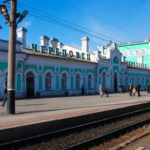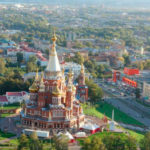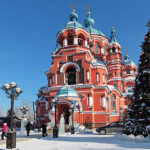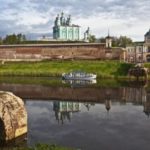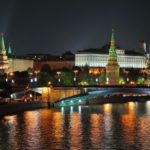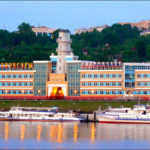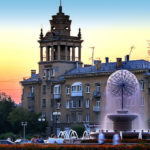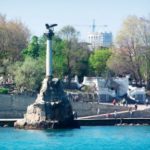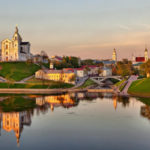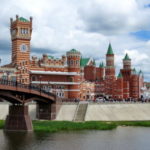Interesting facts about Omsk
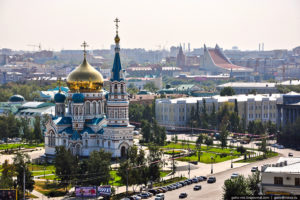 Omsk is a Siberian city with an extremely powerful industrial base. There are many institutions, objects of culture and history, as well as, of course, factories and plants of various calibers. In addition, Omsk is among the ten largest cities in Russia.
Omsk is a Siberian city with an extremely powerful industrial base. There are many institutions, objects of culture and history, as well as, of course, factories and plants of various calibers. In addition, Omsk is among the ten largest cities in Russia.
From the 4th millennium BC, on the territory of modern Omsk, settlements and burial grounds of many developed nations were located.
Omsk was founded as a fortress to protect the southern borders of the Russian Empire.
During the civil war, Omsk was the capital of White Russia.
In early summer, dust storms often occur in Omsk. Wind-carried dust contains many harmful substances, including lead.
In the center of Omsk, near the building of Vodokanal, the oldest urban tree grows – a 132-year-old white willow. The girth of a ten-meter tree reaches five and a half meters.
There is another long-lived tree in the city – the Siberian apple tree. It was planted at the end of the 19th century and now its crown diameter reaches 6 meters. This is the only apple tree left over from the apple orchard destroyed in the 1970s.
In Omsk, there is a natural park “Bird Harbor”, which during the autumn migration inhabits up to 3 thousand birds.
In Soviet times, Omsk was often called the “Garden City”, but after the collapse of the Union, it lost this status – most trees and greenery were cut down. Now Omsk people jokingly call the regional center “Stump City”.
Environmentalists predict the city a quick “garbage collapse” – the polygons that served Omsk are overcrowded and closed, and the authorities do not offer an alternative solution to this problem.
At the end of the 19th century in the Omsk prison for four years the writer Fyodor Dostoevsky was imprisoned. He expounded his impressions of being in this place in the book “Notes from the Dead House”.



